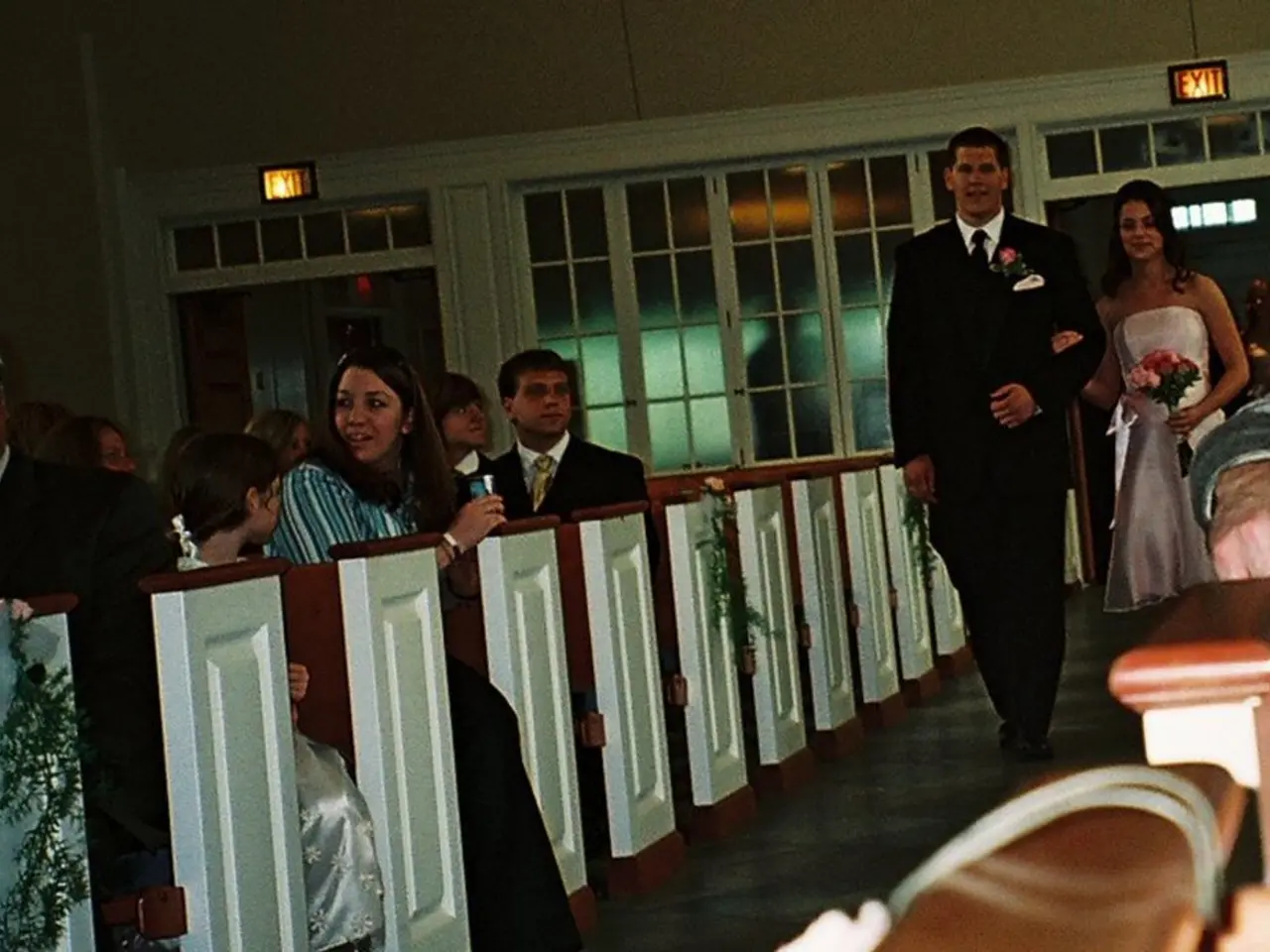Films opposing those that are merely aesthetically pleasing, as stated by Masbedo
In the ever-evolving landscape of art and culture, the relationship between cinema and art has become increasingly intertwined. This convergence is particularly evident in the world of independent and art house films, where filmmakers draw from artistic concepts and artists use film as a medium of expression.
One such example is the upcoming film "Arsa," directed by Masbedo and written with Giorgio Vasta. The film premiered in theaters in late April and is now making the rounds at summer festivals. Produced by Beatrice Bulgari, "Arsa" is a unique cinematic experience that recounts 25 years of the filmmakers' experience and an impossible journey.
The film is set in the Aeolian Islands and the North of Iceland and tells the story of a resilient girl, not a victim, played by Gala Zohar Martinucci in her debut performance. Martinucci's character transforms marine plastic waste into works of art, a powerful metaphor for the film's themes of resilience and transformation.
The figure of the girl's father in the film is a symbol of fragile fathers, portrayed by Lino Musella, a renowned sculptor in real life. Tommaso Ragno portrays a cynical employer who forces Musella's character to create "fake beautiful" statues according to consumerism logic.
Masbedo and Iacopo Bedogni, the artistic duo behind "Arsa," have previously exhibited their work in museums after participating in film festivals like Locarno and Rotterdam. They advocate for inclusive, not exclusive, projects in art, reflecting the film's themes of cultural hybridity and global storytelling.
The language of the film is a sort of new esperanto, between Sicilian and Icelandic, further emphasising the film's transnational nature. Masbedo and Iacopo Bedogni are now working on their next film, continuing their exploration of the intersection between cinema and art.
The world of video art is currently heavily supported by museums and foundations, rather than collectors. This trend is evident in the work of artists like Julian Schnabel, Shirin Neshat, and Steve McQueen, who have transitioned from painting to filmmaking.
The average attention span of a viewer is eight seconds, which poses a challenge for watching films. However, "Arsa" offers a compelling narrative that engages viewers and challenges mainstream cinema norms, reflecting broader trends in contemporary art.
Italian cinema is struggling to attract audiences to theaters, but Masbedo and Iacopo Bedogni hope that the new generations and the effect of nostalgia will help revive the theater. They believe that cinema, like art, has the power to inspire, provoke, and transform, and their work is a testament to this belief.
References:
- Center for Contemporary Arts Santa Fe (CCA) - https://www.ccasantafe.org/
- Cindy Sherman's "Film Stills" series - https://www.moma.org/artists/5409
- Transnational cinema - https://www.jstor.org/stable/23876072
- Sundance Film Festival - https://www.sundance.org/
- Cindy Sherman - https://www.moma.org/artists/5409
In the dialogue of contemporary art and cinema, the movie "Arsa" serves as a compelling example of this intermingling, with its unique narrative and themes of resilience and transformation that challenge traditional cinematic norms. Furthermore, the average viewer might find themselves captivated by its engaging story for longer than the usual eight seconds, given the film's thought-provoking nature that echoes broader trends in contemporary art.








